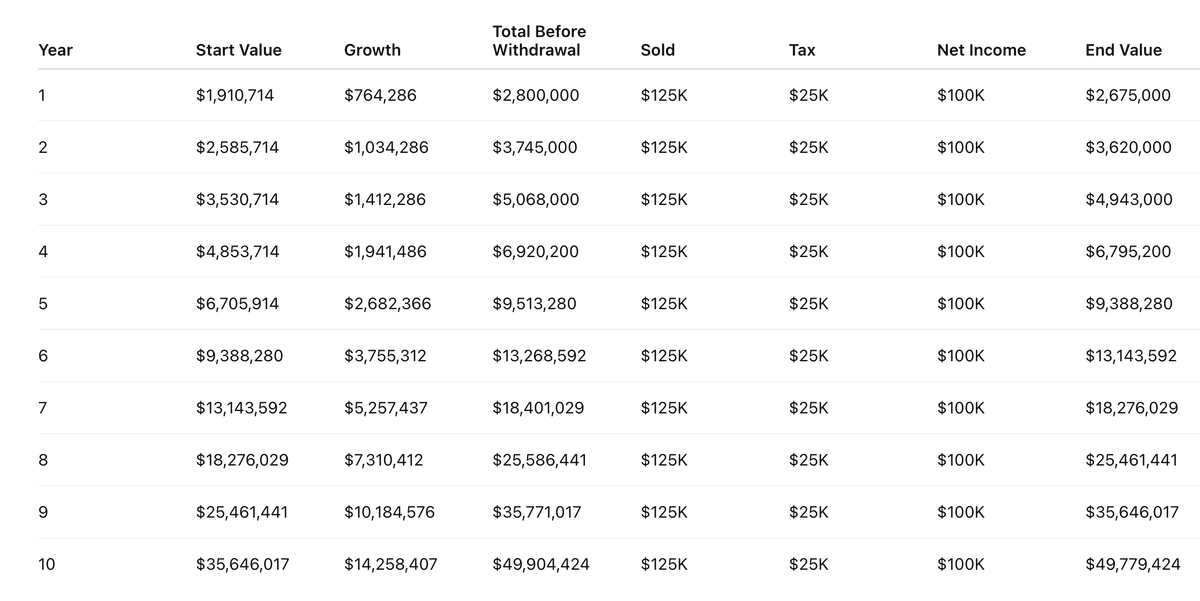Exploring the Role of AI: From Concept to Everyday Reality
Opening the Door to Artificial Intelligence
Artificial Intelligence (AI) is no longer a futuristic dream—it’s a reality woven into the fabric of our daily lives. From the way we navigate maps to personalized recommendations on streaming platforms, AI quietly powers countless processes that shape our decisions and experiences. But beyond convenience, AI represents a profound shift in how humans interact with technology, data, and even each other. Understanding AI’s essence, scope, and implications invites us to explore both its promises and puzzles.
—
What is AI, Really?
At its core, AI is about creating machines or software that simulate human intelligence. This includes the ability to learn from data, recognize patterns, make decisions, and even understand natural language. AI isn’t just one technology; it’s an umbrella term encompassing:
– Machine Learning (ML): The engine behind many AI systems, ML enables computers to learn from examples rather than relying on explicit programming.
– Deep Learning: A subset of ML using neural networks that mimic the brain’s architecture, powering image recognition and speech translation.
– Natural Language Processing (NLP): Allowing machines to interpret and generate human language, vital for chatbots and voice assistants.
– Computer Vision: Enabling machines to “see” and interpret visuals, helping in applications from medical imaging to autonomous driving.
Despite all the jargon, the magic lies in AI’s ability to automate complex tasks, adapt to new information, and improve over time.
—
AI’s Transformation Across Industries
Healthcare Revolution: AI algorithms analyze vast datasets to identify disease markers earlier and with greater accuracy than ever before. For example, AI assists radiologists in spotting tumors on scans, speeding diagnoses and improving outcomes.
Finance and Fraud Detection: Banks use AI to monitor transaction patterns and detect anomalies that indicate fraud in real time, drastically reducing losses and increasing customer security.
Entertainment Personalization: Streaming platforms like Netflix and Spotify employ AI to analyze your viewing and listening habits, curating content that fits your unique tastes, often before you know what you want next.
Manufacturing and Automation: AI-driven robots handle repetitive and hazardous tasks, not only boosting productivity but also improving workplace safety.
Customer Support Evolution: Through chatbots and virtual assistants, AI provides 24/7 help, freeing human agents to tackle more complex issues.
These examples reveal AI’s capacity to enhance efficiency and open new horizons, but they also raise questions about workforce impacts and ethical use.
—
Navigating AI Challenges and Ethical Terrain
While AI’s achievements dazzle, it carries challenges that deserve attention:
– Bias in Algorithms: AI learns from data that may reflect human prejudices, inadvertently perpetuating stereotypes or discrimination.
– Privacy Concerns: The data hunger of AI can clash with individuals’ rights to privacy and control over personal information.
– Transparency and Explainability: Complex AI models can be “black boxes,” making it hard to understand how decisions are made—a critical concern in sectors like healthcare or law enforcement.
– Job Displacement: Automation threatens certain job categories, prompting fears of displacement, even as new roles emerge in AI development and oversight.
Addressing these challenges requires integrating ethical frameworks early in AI development, involving multidisciplinary teams, and engaging stakeholders transparently.
—
Building a Future with AI: Balance and Collaboration
AI’s future unfolds not as a story of human versus machine but of partnership and augmentation. The most promising path involves humans and AI working hand-in-hand:
– Augmentation Not Replacement: AI excels at handling data-heavy, repetitive tasks, freeing humans to focus on creativity, strategy, and empathy.
– Continuous Learning: As AI evolves, humans must deepen their understanding of AI tools to guide usage and prevent misuse.
– Regulatory Frameworks: Governments and organizations are crafting rules to ensure AI respects rights and promotes fairness without stifling innovation.
– Inclusivity in Development: Diverse perspectives in AI creation help build systems that serve broader populations with fewer biases.
The nuanced dance between innovation and responsibility will define the AI trajectory for decades.
—
Final Thoughts: Embracing AI with Curiosity and Caution
AI invites us to rethink the possible—not just in tech, but in society. It promises to unlock efficiencies, solve complex problems, and enrich everyday experiences. Yet, it also challenges us to be vigilant about values, fairness, and consequences.
By fostering a culture that balances curiosity with critical examination, we can shape AI into a force that reflects our highest aspirations, not our blind spots. AI is a tool—powerful like fire or the wheel—waiting for thoughtful stewardship. Its true potential lies in how well we integrate human wisdom with machine capability.
—
If you wish, we can delve into specific AI technologies, ethical dilemmas, or case studies illustrating AI’s impact across sectors. Just let me know!











